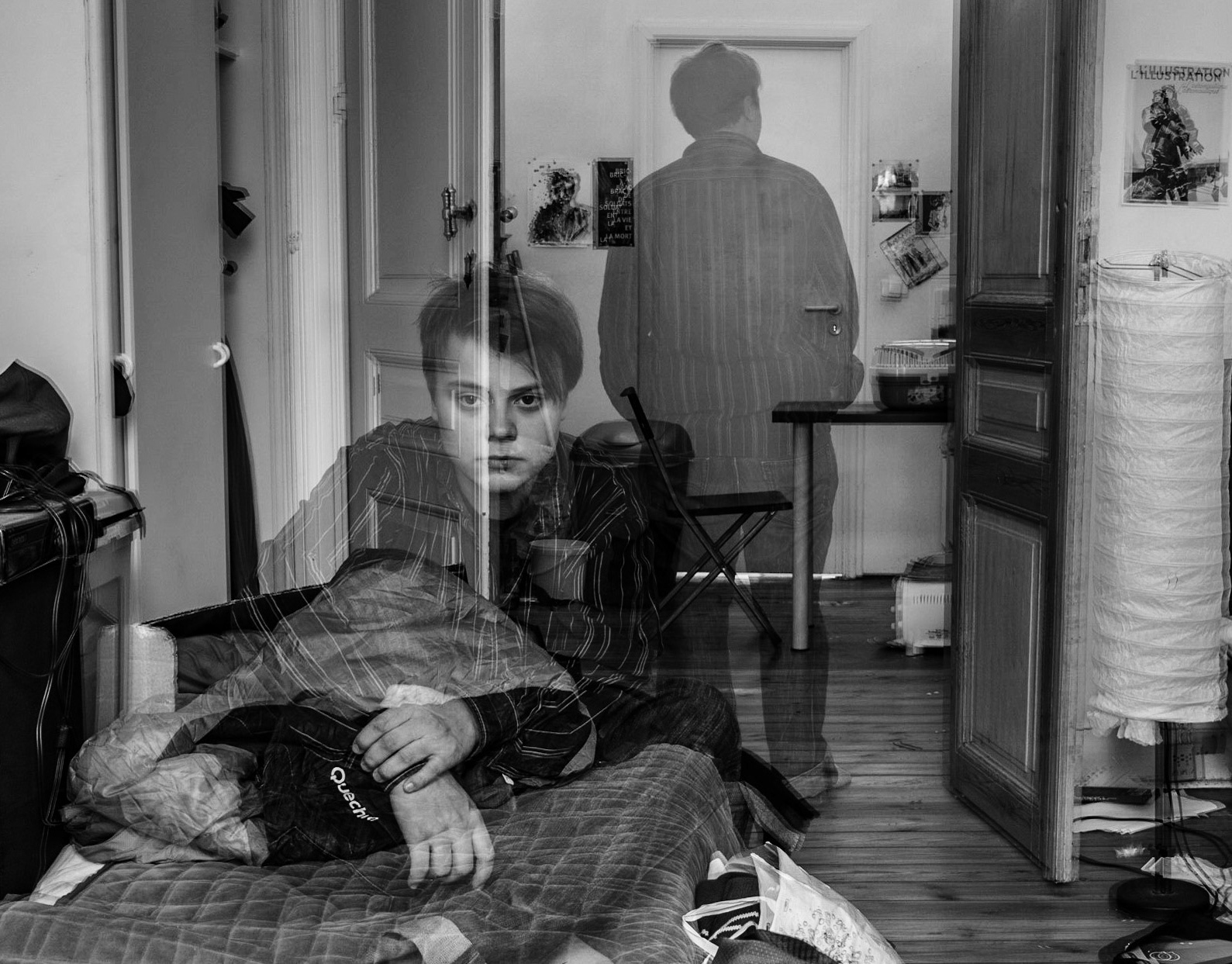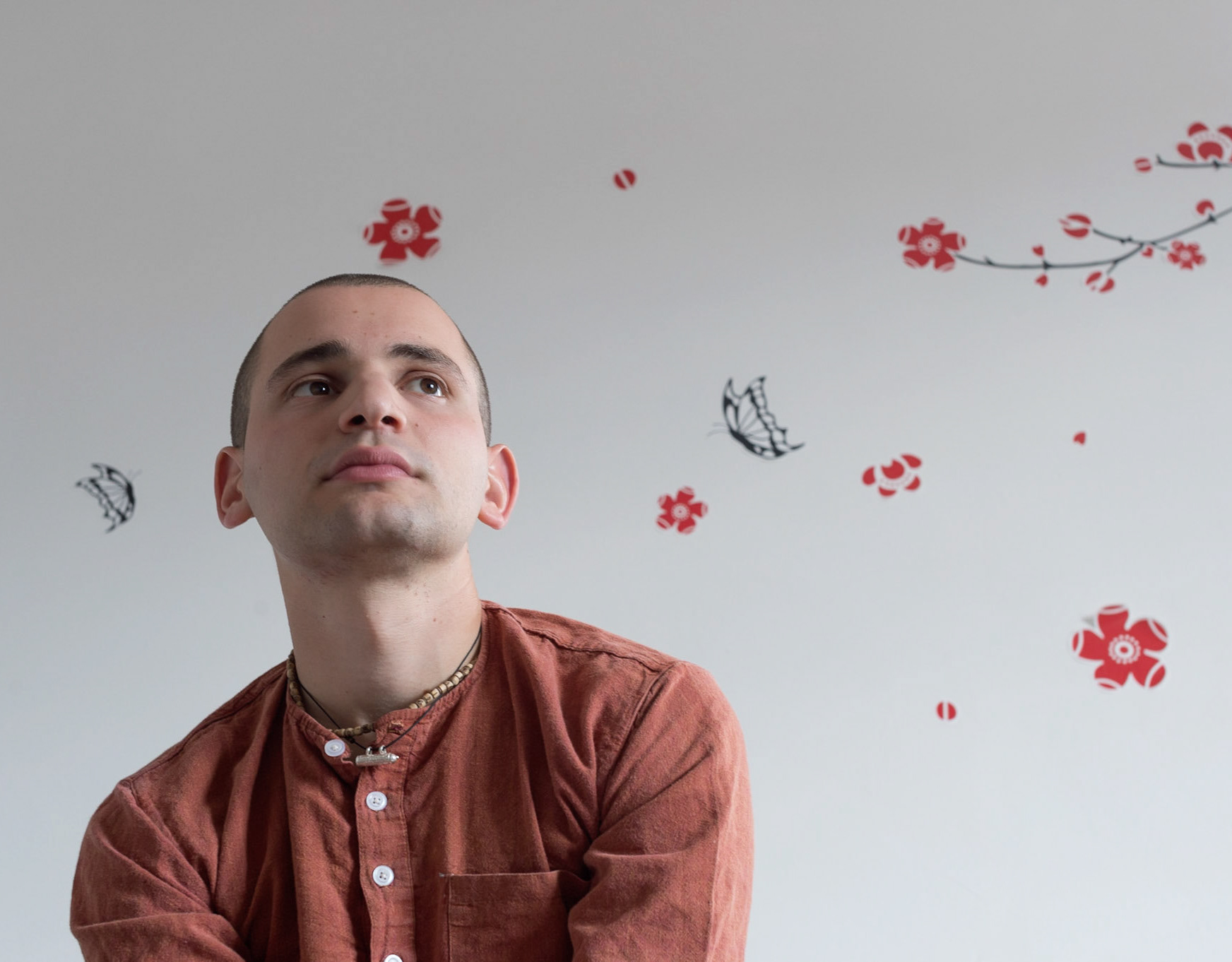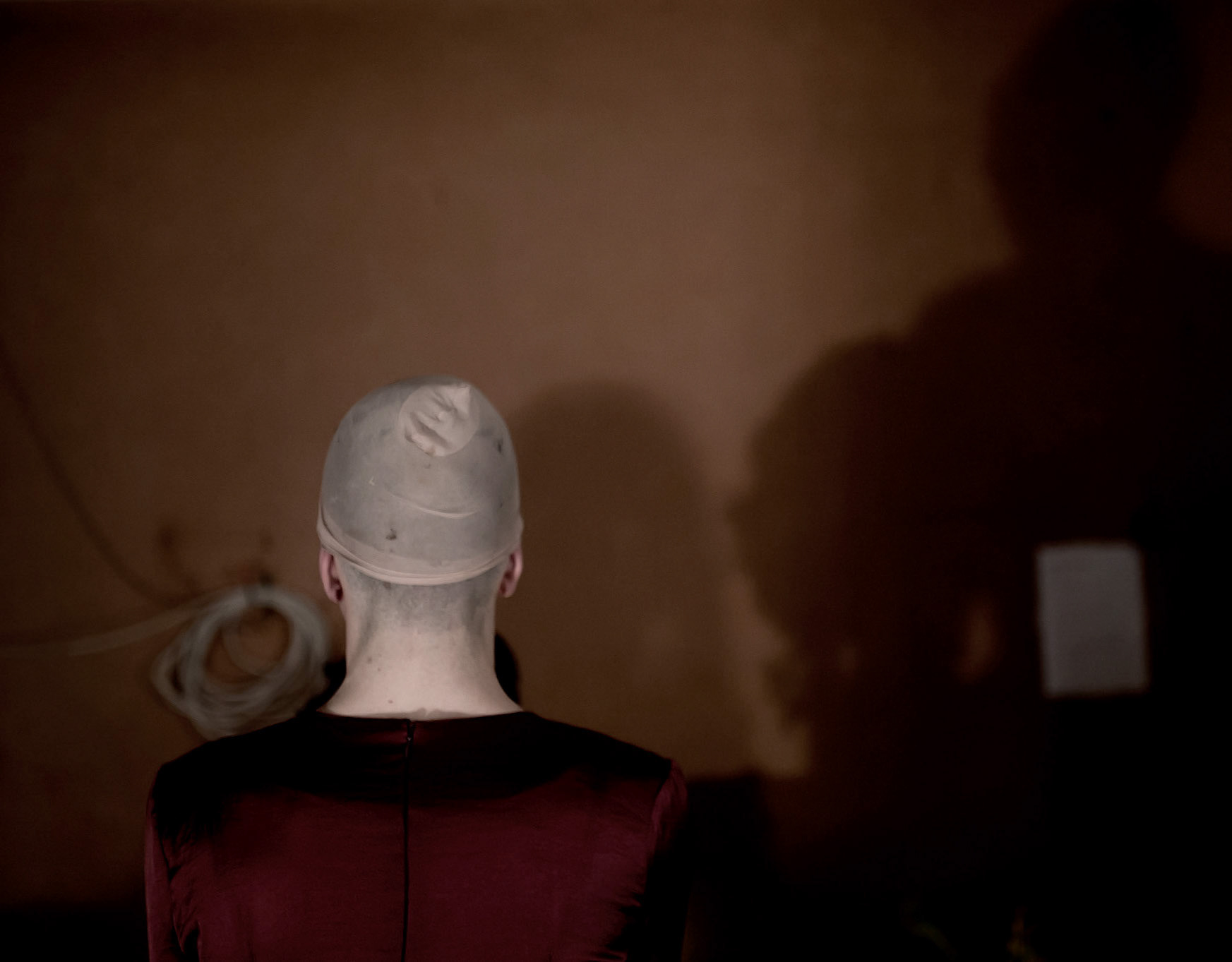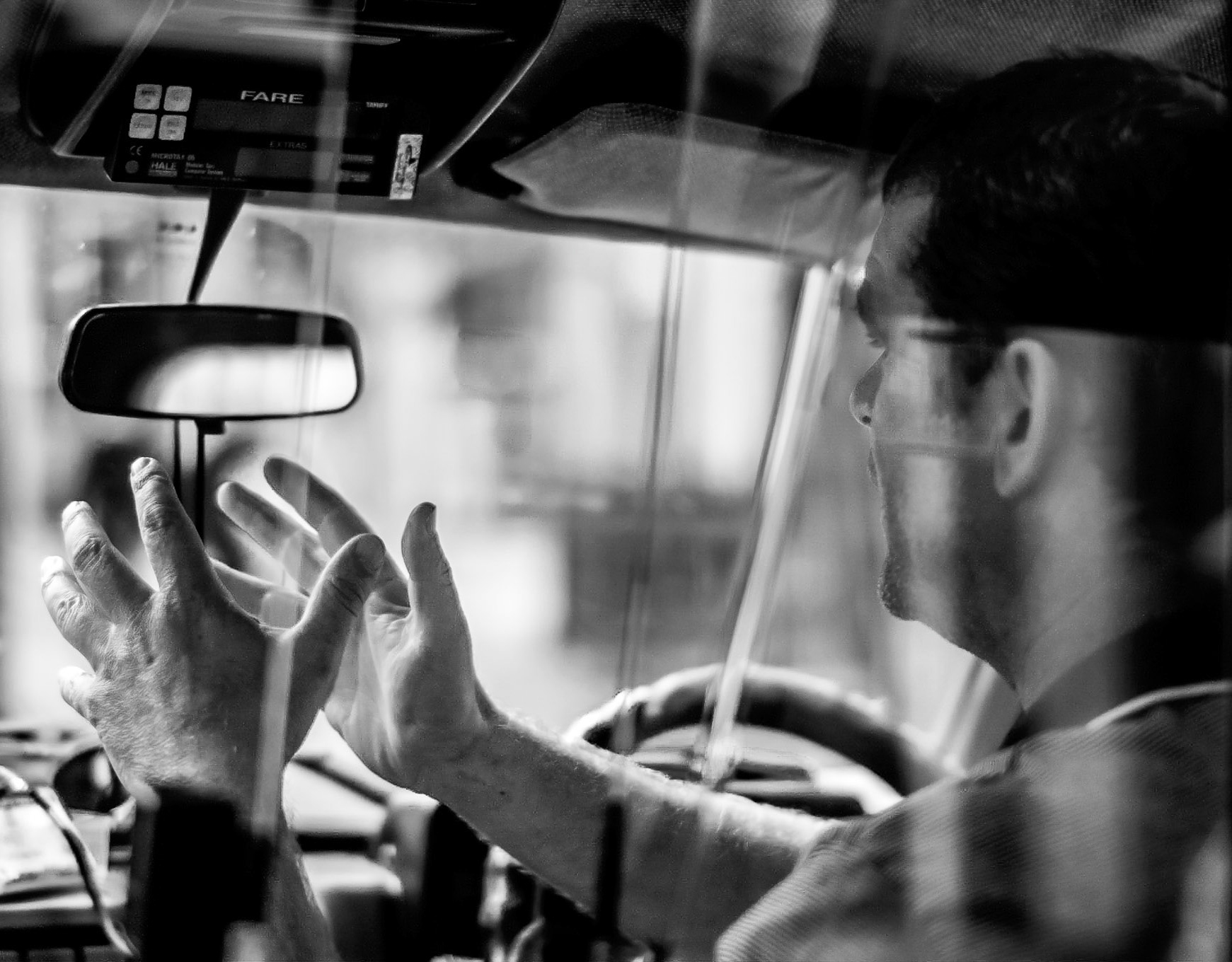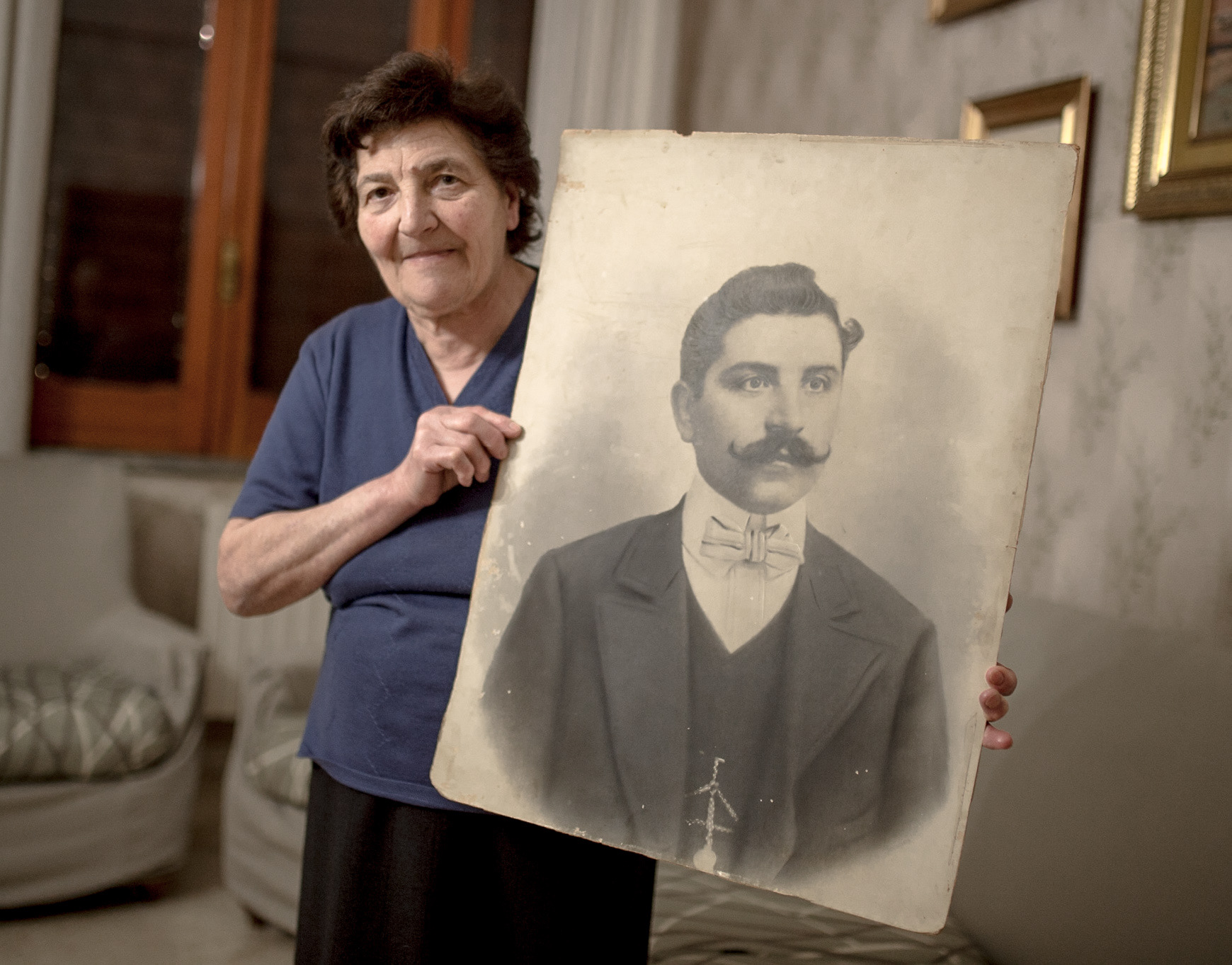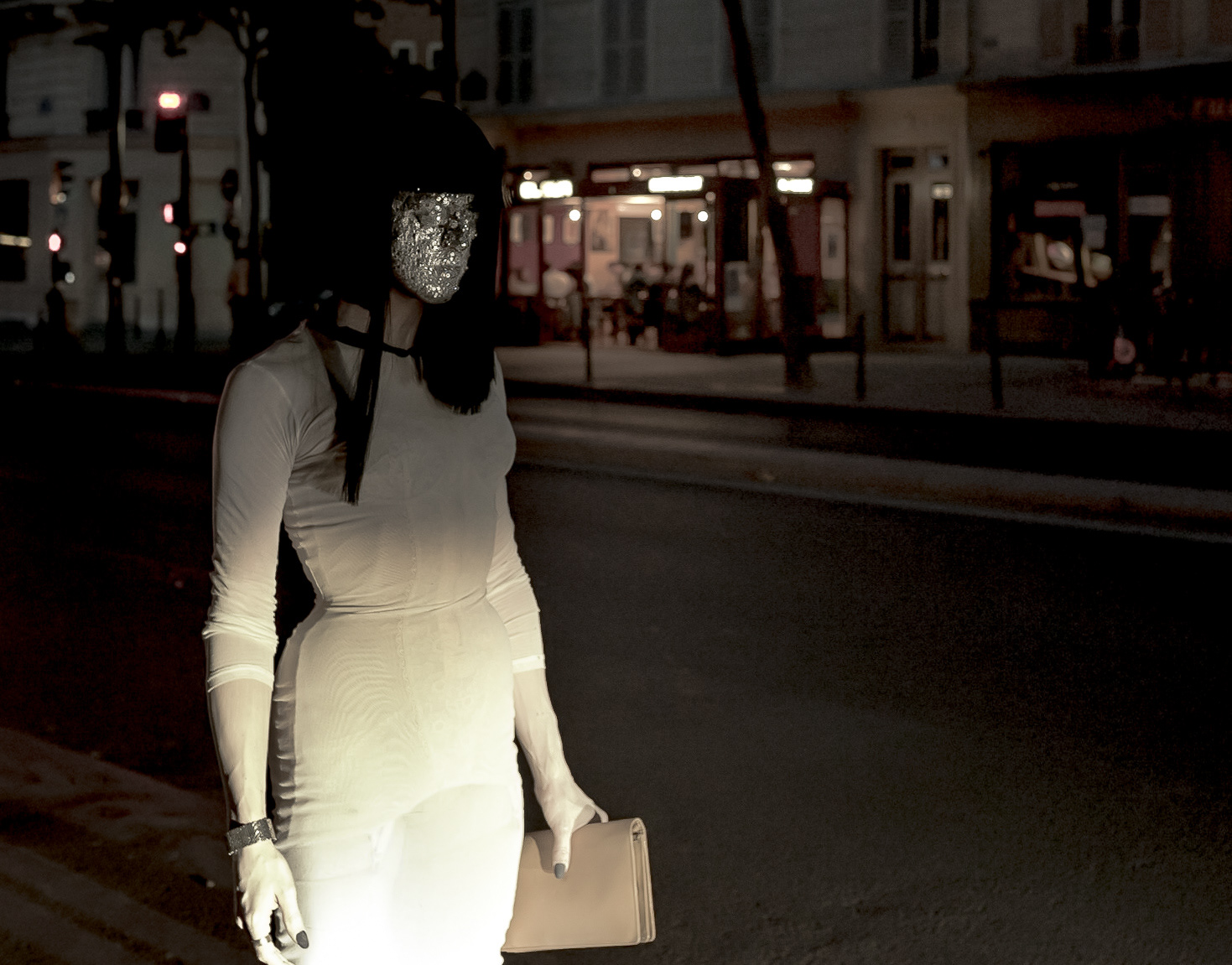More to come soon ...
INVESTIGATION REPORT
- 1 -
Date:
28 / 01 / 2020
Location:
Wuhan, Hubei Province, CHINA
According to the WHO, On 31 December 2019, the WHO China Country Office was informed of cases of pneumonia unknown etiology (unknown cause) detected in Wuhan City, Hubei Province of China. From 31 December 2019 through 3 January 2020, a total of 44 case-patients with pneumonia of unknown etiology were reported to WHO by the national authorities in China. During this reported period, the causal agent was not identified. The Chinese authorities identified a new type of coronavirus (2019-nCoV), isolated on 7 January 2020. On 11 and 12 January 2020, WHO received further detailed information from the National Health Commission China that the outbreak is associated with exposures in one seafood market in Wuhan City. On 12 January 2020, China shared the genetic sequence of the novel coronavirus for countries to use in developing specific diagnostic kits. Transmission from animals to humans has been confirmed, but more research is necessary to learn the exact way of transmission and how the virus has come to be. On January 28, Belgium decide to change its travel advice to Hubei to not recommendable and to avoid fresh markets and people who show symptoms of illness. Nationals are advised to cancel all non-essential travel to other Chinese provinces except for Hong Kong. Bovendien wordt landgenoten aangeraden om niet-essentiële reizen naar de andere Chinese provincies (uitgezonderd Hong Kong) uit te stellen.
May 3, 2020, the US administration claims to have substantial evidence that the virus originated from a Chinese lab in Wuhan. China denies.
Situation in China on May 4, 2020: 84400 confirmed cases and 4643 deaths.
________________________________
Source:
WHO, Novel Coronavirus (2019-nCoV), SITUATION REPORT - 1 21 JANUARY 2020
WHO, Novel Coronavirus (2019-nCoV), SITUATION REPORT - 15 4 MAY 2020
Google satellite image of Wuhan
INVESTIGATION REPORT
- 2 -
Date:
12 / 04 / 20
Location:
Brussels Capital - Mont des Arts, BELGIUM
Social distancing
A sunny day, this Easter Sunday. While the city is getting to grips with this partial lockdown. We are close to topping the limits on civil obedience. Almost a month into quarantine, some still hang on to their own opinions as to whether they are also concerned by this deadly enemy. A middle age father on his mountain bike accompanied by his two teens had decided to break the imaginary record of crossing the city on two wheels using the pedestrian pavement as a personal circuit. Avoiding the unpleasant vibrations of cycling on the cobble stones of one of the widest, and at this time car-abandoned avenues in Brussels, they abandoned the rule of 1,5 meters on social distancing and decided instead they had right of way on 2,5-meter-wide pavement.
Even confinement does not seem to get the competitiveness out of the man. I imagine, the night before, mother thought he could lose some weight, cause after all, being obese is a risk factor. And as for the kids, a bit of exercise and quality time with dad now that he is at home for once, could be a god’s send for some parental bonding, and for her to take a breather. Let’s say that all of that brought his juices to the boil, readying him to shift into gear the next morning and obliterate all the human-life saving rules in place since weeks.
As for his off-spring, too little too late; follow daddy no matter what and definitely blame the pedestrian for not staying clear of their blitzing fury.
INVESTIGATION REPORT
- 3 -
Date:
14 / 05 / 20
Location:
EU - Washington
About masks and ventilators
It seems that right-wing politics have managed to put themselves off-side during this time of crisis. Once again it proves that personal power-grab and solidarity don’t mix, even or should I say, especially, when one thinks they are God’s gift to humanity. Covid-19 hailed by privileged voices as the great equalizer, is nothing if not further from the truth.
Those who live in poverty, without a home, resettled or rather forgotten by the nations where they sought refuge in the hope for a longer life, are amongst the most vulnerable. The invisible enemy may not differentiate between social strata, but it will most definitely impact those with no proper access to health care, shelter and I dare to say food and clothing. While the rich countries are pirating masks and ventilators to replenish their stockpiles, they stand in line with no protection whatsoever. These are men and woman who do not ask for handouts. These fellow earthlings are ready to do the jobs that we, in the West, take for granted. They rather earn the clothes on their bodies and the food that fills their bellies.
The world should show solidarity and compassion, by letting the rule of law to be inspired by global citizenship and social responsibility. Policy-making would become if not a hollow exercise. Now is not the time to point fingers, but to come together as one European family by supporting those nations impacted the most and by implementing concrete, on-the-terrain solutions for those who have conveniently been forgotten.
TECHNICAL REPORT
Unedited
Date:
11 / 02 / 2020
Location:
China
Bats: Zoonotic component of 2019-nCoV and human-animal interface
Increasing evidences demonstrate the link between the 2019-nCoV and other similar known coronaviruses (CoV) circulating in bats, and more specifically those of the Rhinolophus bat sub-species. These sub-species are abundant and widely present in Southern China, and across Asia, the Middle East, Africa and Europe.
Recent studies indicate that more than 500 CoVs have been identified in bats in China. To be noted that serological studies conducted in rural population living close to bats natural habitat in caves revealed a 2.9% bat-CoV seroprevalence, demonstrating that humans exposure to bat-CoVs might be common.
However, the route of transmission to humans at the start of this event remains unclear. Bats are rare in markets in China but hunted and sold directly to restaurants for food.
The current most likely hypothesis is that an intermediary host animal has played a role in the transmission. Both Chinese and external expert groups are working in trying to identify the animal source of this new virus. Identifying the animal source of the 2019-nCoV would help to ensure that there will be no further future similar outbreaks with the same virus and will also help understanding the initial spread of the disease in the Wuhan area. It would also increase our understanding of the virus and help us understand how these viruses jump from animals to humans.
Thus, providing critical knowledge on how to protect us from future similar events. In this regard,strengthening food control and market hygiene activities in live food market will be essential to protect people from similar and other zoonotic diseases.
_________________________
Source: Extract of: Novel Coronavirus(2019-nCoV) Situation Report 22, WHO, 11 February 2020.
INVESTIGATION REPORT
- 3 -
Date:
31 / 01 / 20
Location:
Italy, Lombardy and Brussel
The new normal
The ongoing COVID-19 pandemic was first confirmed to have spread to Italy on 31 January 2020, when two Chinese tourists in Rome tested positive for the virus. One week later an Italian man repatriated back to Italy from the city of Wuhan, China, was hospitalised and confirmed as the third case in Italy. A cluster of cases was later detected, starting with 16 confirmed cases in Lombardy on 21 February, and 60 additional cases and the first deaths on 22 February. By the beginning of March, the virus had spread to all regions of Italy.
On 31 January, the Italian government suspended all flights to and from China and declared a state of emergency. On 21 March, the Italian government closed all non-essential businesses and industries, and restricted movement of people.
The contagion spread very quickly after that the rest of Europe with Spain hit the hardest. Scandinavia and central Europe and the Baltics were less impacted. More research is needed to determine what was the causal factor(s) that determined the speed of the pandemic in those countries. Cultural differences in terms of social interaction and genetics are some of the hypotheses that have been put forward.
Brussel went in full lockdown soon after. The confinement involved: closing schools, working from home and shutting down non-essential businesses. Mental health degraded soon after that: increase in the number of couples breaking up, greater prevalence of alcohol, substance abuse and suicide and civil unrest. Politics scramble to provide financial help and enforce clear lock-down rules. But the partying prevailed. It seems we are our worst enemy. STAY IN!
TO BE CONTINUED ...

